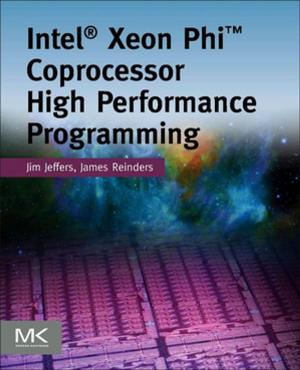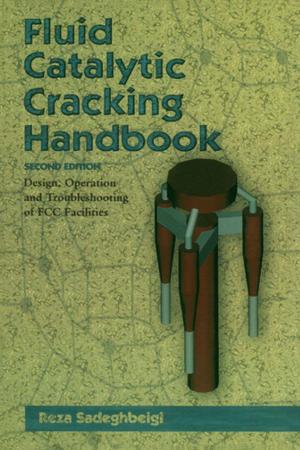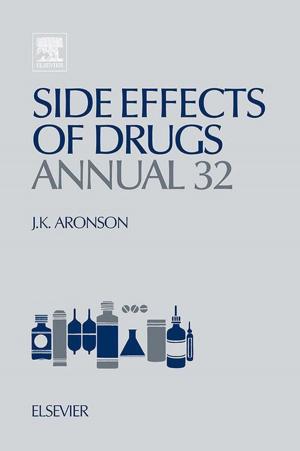Laser Shock Peening
Performance and Process Simulation
Nonfiction, Science & Nature, Technology, Optics, Metallurgy| Author: | K Ding, L Ye | ISBN: | 9781845691097 |
| Publisher: | Elsevier Science | Publication: | January 16, 2006 |
| Imprint: | Woodhead Publishing | Language: | English |
| Author: | K Ding, L Ye |
| ISBN: | 9781845691097 |
| Publisher: | Elsevier Science |
| Publication: | January 16, 2006 |
| Imprint: | Woodhead Publishing |
| Language: | English |
Laser shock peening (LSP) is a relatively new surface treatment for metallic materials. LSP is a process to induce compressive residual stresses using shock waves generated by laser pulses. LSP can greatly improve the resistance of a material to crack initiation and propagation brought on by cyclic loading and fatigue. This pioneering book was the first of its kind to consolidate scattered knowledge into one comprehensive volume. It describes the mechanisms of LSP and its substantial role in improving fatigue performance in terms of modification of microstructure, surface morphology, hardness and strength. In particular it describes numerical simulation techniques and procedures which can be adopted by engineers and research scientists to design, evaluate and optimise LSP processes in practical applications.
- Provides for the first time, a comprehensive coverage of this important area
- Written by two world renowned experts
Laser shock peening (LSP) is a relatively new surface treatment for metallic materials. LSP is a process to induce compressive residual stresses using shock waves generated by laser pulses. LSP can greatly improve the resistance of a material to crack initiation and propagation brought on by cyclic loading and fatigue. This pioneering book was the first of its kind to consolidate scattered knowledge into one comprehensive volume. It describes the mechanisms of LSP and its substantial role in improving fatigue performance in terms of modification of microstructure, surface morphology, hardness and strength. In particular it describes numerical simulation techniques and procedures which can be adopted by engineers and research scientists to design, evaluate and optimise LSP processes in practical applications.
- Provides for the first time, a comprehensive coverage of this important area
- Written by two world renowned experts















